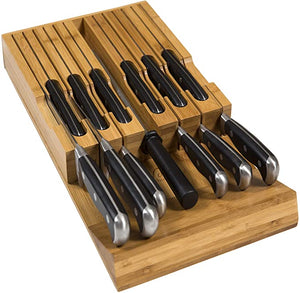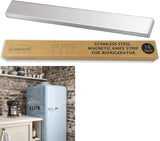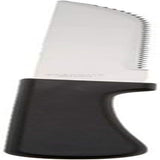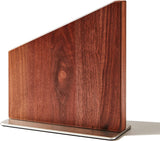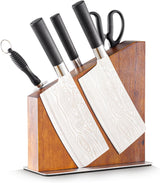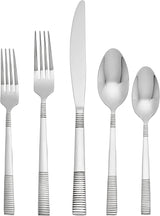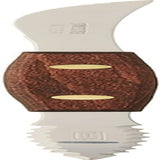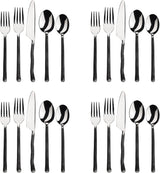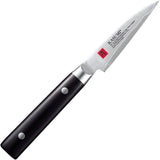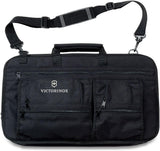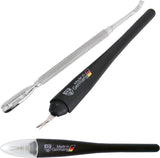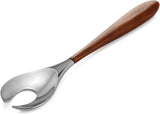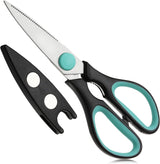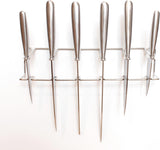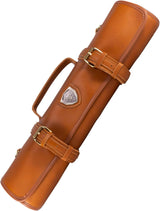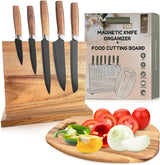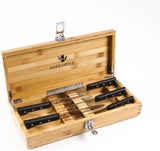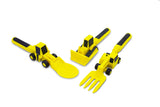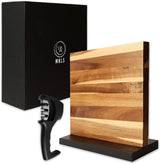Mastering how to hold a steak knife is a fundamental skill every kitchen professional should possess. While this might seem like a small detail, correct knife handling enhances your dining experience, ensures safety, and adds finesse to your culinary endeavors. Whether you're in a fine-dining restaurant or hosting a gourmet dinner, the art of mastering this simple tool is essential.
Before we dive into the nuances, lets discuss why learning the proper way of holding a steak knife is crucial. Beyond making you look more polished at the table, it contributes to maintaining a better grip, enabling you to cut steak and other proteins with precision. For kitchen professionals, this skill is even more important, as it minimizes accidents and fosters professionalism.
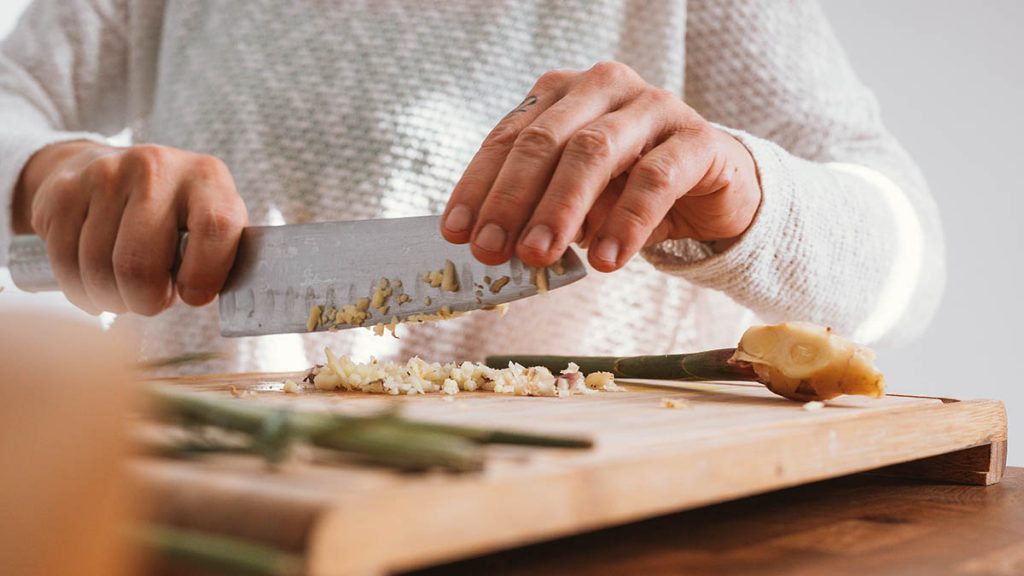
Understanding the Anatomy of a Steak Knife
Before you can perfect your technique, its vital to understand the structure of a steak knife. It features a sharp, serrated blade designed to easily slice through tougher cuts of meat while preserving texture. The knife's handle, often ergonomically designed, provides a stable grip.
The Parts of a Steak Knife:
- Blade: Serrated for effortless cutting through thick cuts of meat.
- Tang: The extension of the blade into the handle, contributing to balance and stability.
- Handle: Designed for comfort and grip, ensuring precise cuts.
- Bolster: Found in some premium steak knives, this part adds weight and balance.
Why Proper Handling is Important
Improper handling of a steak knife can lead to accidents, uneven cuts, and an overall unprofessional presentation. For a kitchen professional, this can drastically impact the dining experience for your clientele. Correctly holding a steak knife ensures control, minimizes risk, and showcases your expertise. A steak that's been properly carved is a testament to the chefs skill and care.
Step-by-Step Guide on How to Hold a Steak Knife
Now that weve established the importance, lets go through the process step by step. These instructions will help you master the skill and give you confidence, whether in the kitchen or at the dining table.
1. Select the Right Knife
Not all steak knives are created equal. Choose a knife that fits comfortably in your hand. Professional kitchens often use high-quality utensils that are balanced in weight and ergonomically designed. If you're in need of premium knife recommendations, check out our suggestions for chef-quality tools in this resource.
2. Place Your Hand Correctly
Grip the knife firmly but not too tightly. Wrap your fingers around the handle, ensuring that your thumb rests on one side and your index finger on the other. Avoid positioning your fingers too close to the blade to prevent injury.
3. Balance and Posture
Maintain a stable posture when slicing. Hold your wrist steady, as this helps ensure smoother, cleaner cuts. For kitchen professionals carving in front of guests, your posture significantly adds to the overall aesthetic of the presentation.
4. Use Controlled Movements
Rather than exerting too much force, let the knifes sharp blade and serrated edge do the work. Move the knife in a controlled, sawing motion for maximum effect.
Common Mistakes to Avoid
Improperly holding a steak knife can lead to accidents and poor results. Here are some pitfalls to steer clear of:
- Overgripping: Leads to hand fatigue and reduces dexterity.
- Wrong hand placement: Holding the knife too close to the blade can result in injuries.
- Lack of concentration: Always focus when handling sharp tools.
Maintenance Tips for Steak Knives
Owning and using a steak knife also requires knowledge of maintenance. A dull or poorly maintained knife is both unsafe and inefficient. Heres how to keep your steak knives in pristine condition:
- Hand wash your knives and dry them immediately to prevent rusting.
- Use a quality sharpener. Learn more about sharpening knives from this guide.
- Store knives in a knife block or magnetic strip to avoid dulling the blade.
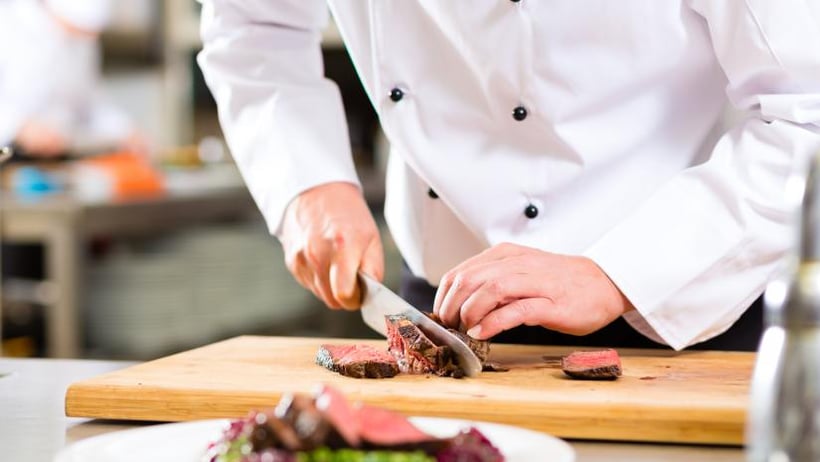
FAQs
1. Why is learning how to hold a steak knife important?
Proper knife handling ensures safety, precision, and a professional presentation of food.
2. Can I use a steak knife for other tasks?
Steak knives are specialized for cutting through tougher proteins. While they can be used for other tasks, its best to stick to their primary function to maintain blade integrity.
3. How do I clean a steak knife?
Hand wash your steak knives using soap and water. Dry them immediately to avoid rust. More tips can be found here.
By mastering how to hold a steak knife, professionals in the kitchen industry can elevate their skills and create a safer, more enjoyable dining experience for their customers. If you would like more tips or to explore recommended tools, browse through our resources on precision knife care and usage.
This article contains affiliate links. We may earn a commission at no extra cost to you.
